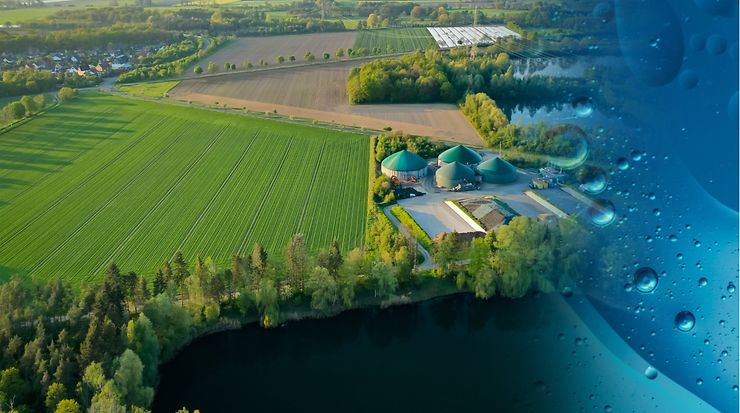Working Committee 1 - Production

The working committee (WC) "Production" forms the coordinating umbrella for the subordinate sub-working committees (SWC) and supports networking with other projects in the subject area. The SWCs deal on the one hand with the technologies for producing hydrogen and on the other hand with the framework conditions for the hydrogen produced.
WC 1 Production includes the following SWCs and WGs:
SWC 1.1 - Production Plants
- WG 1.1.1 - Electrolysis
- WG 1.1.2 - Other production methods
- WG 1.1.3 - Total system integration
SWC 1.2 - Hydrogen Quality
- WG 1.2.1 - Hydrogen composition
- WG 1.2.2 - Sustainability aspects and verification for hydrogen
Working committee 1 – Production
Tasks of the working group 1.1.1 - Electrolysis
The working group „Electrolysis“ is concerned with the production of hydrogen by electrolysis and all associated aspects. This includes the following types of electrolysis: alkaline water electrolysis, alkaline membrane electrolysis, polymer electrolyte water electrolysis, and high temperature water electrolysis. The electrolysis process from power conversion and including auxiliary systems to the transportable product is considered.
Tasks of the working group 1.1.2 - Other production methods
The working group is concerned with the processes and plants for the production and feed-in of hydrogen that is not produced via electrolysis. This includes production methods such as pyrolysis, catalytic hydrogen production, microbiological and photolytic hydrogen production. It also deals with the processing and feeding of hydrogen as a by-product from chemical processes.
Tasks of the working group 1.1.3 – Total system integration
Hydrogen will be a fundamental element for sector coupling in the future energy system. To ensure security of supply, the interaction of the sectors must be optimally coordinated. The efficient and grid-serving interaction of electricity and gas infrastructure represents the basis for a fully functioning overall energy system. This working group will consider how standardization can support the integration of hydrogen into the total system. The following topics, among others, will be addressed:
- Coordinated flexibilization of systems (all networks: electricity, gas, water, communication and heat
- Flexibilization of applications
- Interoperability with existing systems and infrastructure (data models, protocols, interfaces)
- The roles of distributed generation, microgrids and virtual power plants.Development of enacted data spaces in terms of their importance for connecting the
- Considering the hydrogen value chain to the electricity energy system (GAIA-X; management shell, Manufacturing-X, Industry 4.0).
The above-mentioned topics will also be compared with international developments and, if possible, introduced into international standardization. Interoperability in the smart energy system is the key to fast and efficient integration of hydrogen.
Accordingly, the working group Total system integration has the task of identifying all standardization needs, as well as existing standardization inventories in this complex of topics.
Tasks of the working group 1.2.1 Qualities
The working group is concerned with the chemical and physical properties of hydrogen and its accompanying substances. The purity and associated classification of hydrogen for the various applications is also considered.
Tasks of the working group 1.2.2 Certificate of origin and environmental potential
The WG is supposed to expand existing standards and requirements of the legislation for the differentiation of hydrogen types of origin by further aspects that are important for the climate goals and that are linked to the type of origin. Possibilities for this include the total energy balance of production, CO2 emissions of the respective origin type, and possibly resulting certificates and trading.
Likewise, the WG is addressing technical regulations for monitoring and assessing hydrogen emissions and its residual products along the entire value chain. This WG is concerned with indirect and direct releases outside plant boundaries. Upstream issues such as hydrogen quality are not part of this WG, but the consideration of downstream activities such as the processing of wastewater and off-gas as well as measurement and monitoring of leakage and diffusion are.
Existing standards are to be reviewed with these aspects in mind and, if necessary, expanded or identified as a new standardization need.
Not considered is release within facility boundaries, which are covered by other WGs of the roadmap.


